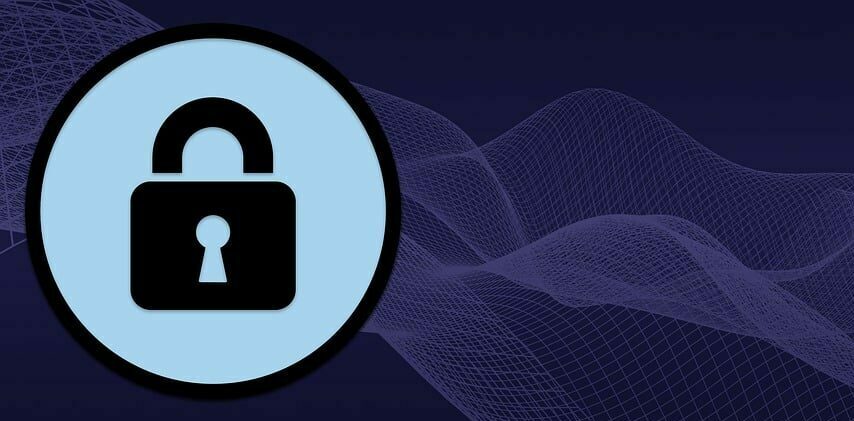In today's data-driven world, where privacy and security reign supreme, envision quality assurance as the vigilant sentry guarding a fortress besieged by ever-evolving digital threats. In the dynamic realm of cybersecurity, QA emerges as the linchpin for upholding the dependability and resilience of our digital ecosystems.
With the constant evolution of cyber threats, the symbiotic relationship between QA and cybersecurity becomes paramount. It is this harmonious fusion that ensures that security measures remain not just up to date but also as effective as a well-fortified castle wall.
The bedrock of this synergy lies in the regular testing and rigorous auditing of security systems, an endeavor that couldn't be more critical in our digital age. This article ventures into the multifaceted realm of responsibilities shouldered by QA professionals in the domain of cybersecurity. It is a voyage into the meticulous world of safeguarding invaluable information and intricate systems from the relentless tide of cyber threats that incessantly crash upon our digital shores.
Why quality assurance is essential in cybersecurity
The critical importance of quality assurance in the realm of cybersecurity is underscored by the potentially catastrophic consequences of security breaches, which encompass substantial financial losses and the peril of identity theft. Not even tech behemoths like Meta are immune to these breaches, emphasizing the pivotal role of QA in shielding software applications and systems from such vulnerabilities.
QA functions as a linchpin with multiple facets, which include early detection, identifying security vulnerabilities during the software development process to curtail risks and mitigate financial losses. It also involves risk mitigation through rigorous testing, vulnerability assessments, and audits to prevent security breaches and cyberattacks. Furthermore, QA serves as a bulwark against financial losses by safeguarding private data and consequently diminishing financial risks.
The bedrock of it all is the assurance of customer trust and confidence through rigorous QA testing that guarantees the security of the product..
The QA Process in Cybersecurity
The QA process in cybersecurity encompasses several key stages that are fundamental to ensuring the integrity of digital systems. This process is cyclical in nature, aimed at maintaining the security and relevance of systems.
- It initiates with requirements gathering, a foundational step involving the collection of essential data on how the software operates.
- Subsequently, it proceeds to testing and validation, where various tests are executed to pinpoint and rectify security issues, encompassing functional, compatibility, and performance testing.
- Documentation follows, encompassing the organization and recording of test outcomes and security protocols for future reference.
- Vulnerability scanning is another crucial facet, involving the identification of security issues in computer systems and software.
- The process then delves into maintenance, entailing the continuous enhancement and updating of systems to address vulnerabilities.
- Finally, continuous monitoring takes center stage, with the implementation of security measures such as API limits and firewalls to safeguard against the ever-evolving landscape of threats, ensuring systems remain secure and up-to-date.
Roles and Responsibilities of QA in Cybersecurity
In the realm of cybersecurity, QA teams’ shoulder diverse responsibilities to safeguard digital systems and data.
These responsibilities span various critical areas:
- Incident response, which involves addressing and promptly resolving security incidents
- Threat modeling is another vital facet, as it empowers QA professionals to comprehend potential security threats and assess their impact on software and systems.
- Penetration tests authorized to assess the overall security of the system.
- Compliance testing is integral, ensuring adherence to relevant regulations and standards.
- Configuration management ensures that system configurations meet stringent security standards.
Standards in Cybersecurity QA
Within the field of cybersecurity, adherence to established standards is imperative. QA teams follow a range of recognized standards, including the ISO 27000 Series, which serves as international standards for information security management. The NIST Cybersecurity Framework provides valuable recommendations for minimizing cybersecurity risks.
For organizations handling payment cards, adherence to PCI standards for IT security is crucial. Moreover, guidelines and resources from WASC and OWASP are essential for web application security. Finally, the OSSTMM, or Open Source Security Testing Methodology Manual, is instrumental in evaluating security operations. These standards collectively serve as a guide and reference to ensure that QA practices are aligned with the highest security measures and industry best practices.
Conclusion
Challenges include keeping up with evolving threats, costs, limited resources, managing false alerts, and insufficient collaboration between teams.
Best practices encompass incorporating security into the software development lifecycle, risk assessment, regular penetration testing, software updates, and educating the entire team on cybersecurity best practices.
In conclusion, investing in QA procedures is crucial for safeguarding against evolving cybersecurity threats. QA professionals serve as the gatekeepers of our digital fortresses, protecting our data, systems, and privacy.

